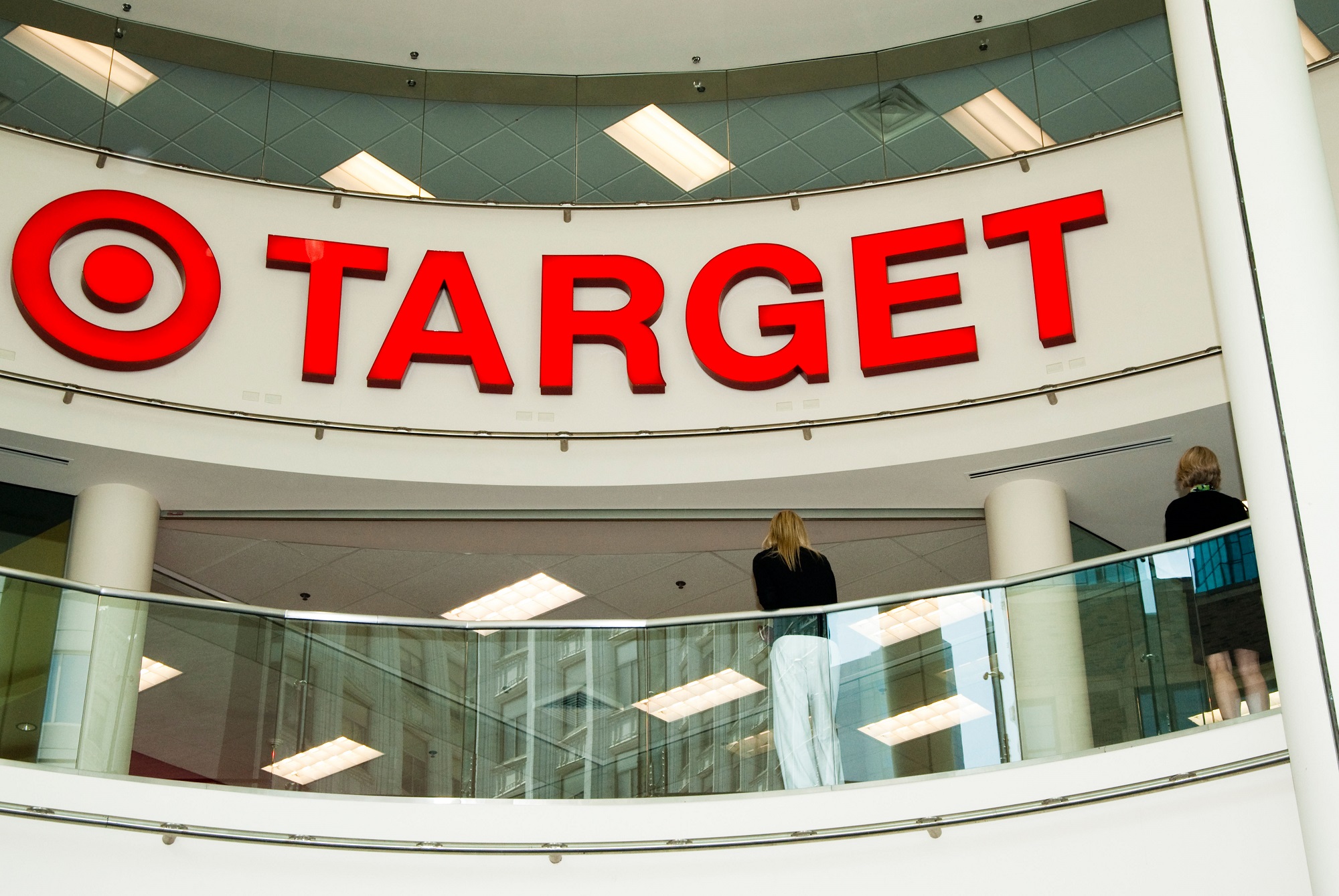
COMMENTARY
The breach that struck retail giant Target in 2013 was not just a wake-up call but a cold shower to the industry — a harsh illumination of the sprawling vulnerabilities within third-party interactions and the grim consequences of underestimated security oversights. The repercussions echoed across the globe, tallying up to nearly a billion dollars of financial damage, and imprinted a clear message: The battlefield is broader, and the enemy is more insidious than we thought. But has the past decade taught us enough? Or are we still disregarding the gaping holes in our cyber fortifications?
Nearly a Billion Dollars?
The costs associated with the breach were reported widely in the years following the incident. These costs came from various sources, including the immediate response to the breach, legal and settlement costs, enhanced cybersecurity measures, credit monitoring services for affected customers, and reputational damage.
Target’s financial damages from a security breach included:
-
Immediate response: Investigative costs, customer support, and PR efforts.
-
Legal and settlement costs: Over 140 lawsuits led to settlements, including $10 million for a class-action lawsuit, $67 million with Visa, and $19 million with Mastercard.
-
Enhanced cybersecurity: $100 million invested in secure payment technology, including chip-and-PIN cards.
-
Credit monitoring: Free services for affected customers.
-
Reputational damage: Decreased shopper traffic and sales, impacting stock prices and requiring years to rebuild trust.
While all these expenses might not reach a billion dollars, the combined direct and indirect costs, when projected over the years following the breach, indicate that the financial impact was monumental. The references provided above are examples of reports on specific expenses, and they contribute to the overall understanding of the financial damage incurred due to the breach.
The Expanding Threat Horizon
In the past 10 years, the data security attack surface didn’t just increase; it exploded in every direction. We transitioned into an era where data is an asset and a pulsating lifeline that meanders through the veins of global digital infrastructure. With the advent of multicloud environments, the Internet of Things, mobile devices, and the ever-evolving “work from anywhere” culture, we’ve spun an intricate web of data touchpoints that each carries the potential of being a weak point in our defenses.
The adversary is no longer just after your data. They’re after the chaos, the ransom, and the systemic collapse of trust in what organizations safeguard most dearly. The attackers are sophisticated, wielding artificial intelligence (AI), machine learning, and an alarming level of patience, waiting to exploit the slightest misstep in your third-party partnerships, the most innocuous negligence in patch management, or the underestimated insider threat.
Lessons Half-Learned from the Target Breach
Post-Target, chief information security officers (CISOs) scrambled to fortify their defenses, primarily focusing on point-of-sale systems and endpoint security. They embraced advanced malware detection tools, tightened access controls, and adopted a more rigorous third-party risk management approach. Organizations started to recognize that cybersecurity wasn’t just a line in the budget report but a matter of corporate survival.
But despite these strides, we’re treading water in a sea of systemic issues. We’ve bolted armor onto our infrastructures but need to look into the mirror more to inspect the vulnerabilities. The glaring truth is that our data governance needs to be more proactive. We’re adept at stockpiling cybersecurity tools but need help with the cultural transformation that embeds security into every business process, every employee practice, and every line of code in development.
We’ve ignored the elephant in the room: the lack of real-time, data-centric security measures. We guard perimeters when we should be guarding data, forgetting that once intruders breach the outer defenses, they roam unimpeded through sensitive information.
Supply Chain Security: The Same Old Story?
The evolution of supply chain security over the past decade, especially in the aftermath of the SolarWinds saga, is a testament to the industry’s heightened awareness and perennial shortfalls. Today, we grapple with an expanded ecosystem of vendors, partners, and contractors, each demanding meticulous scrutiny and continuous monitoring. We’ve come to accept that the supply chain is an extension of our security perimeter.
Yet, the strategic blunders persist. The over-reliance on one-size-fits-all security assessments, checkboxes, and surface-level evaluations are just bandages on bullet wounds. The sophistication of attacks like SolarWinds demands an equally sophisticated response: a multilayered, continuously adaptive, and intelligence-driven approach to scrutinizing third-party environments. It necessitates a paradigm where stringent third-party policies, real-time threat intelligence, and deep-dive forensic capabilities become the norm rather than the exception.
Furthermore, supply chain security isn’t solely about your partners’ defense mechanisms but also about the integrity and security hygiene of the software and hardware they integrate into your systems. It’s about recognizing the potential for compromise in every line of code, every update, and every network connection.
Looking Ahead
As we stand on this decade-old breach’s anniversary, it’s evident: The journey was arduous, the lessons hard-earned, but the future demands more. It’s high time the industry pivots from a state of perpetual catch-up to one of strategic foresight.
We need a revolution, not evolution. This entails a radical shift toward securing data, a move toward zero-trust security models that verify everything trying to connect to systems before granting access, and an organizational culture that prioritizes security hygiene as a daily practice, not a quarterly concern.
This isn’t just a call to CISOs but to CEOs, policymakers, and every stakeholder in the digital sphere. The narrative needs a drastic redirection from compliance-driven security to comprehensive risk management. Are we ready to listen, or will we set the stage for a breach that makes Target look like a footnote in cybersecurity history? The next decade hinges on this pivotal shift in mindset.
- SEO Powered Content & PR Distribution. Get Amplified Today.
- PlatoData.Network Vertical Generative Ai. Empower Yourself. Access Here.
- PlatoAiStream. Web3 Intelligence. Knowledge Amplified. Access Here.
- PlatoESG. Carbon, CleanTech, Energy, Environment, Solar, Waste Management. Access Here.
- PlatoHealth. Biotech and Clinical Trials Intelligence. Access Here.
- Source: https://www.darkreading.com/vulnerabilities-threats/datas-perilous-journey-lessons-not-learned-target-breach



